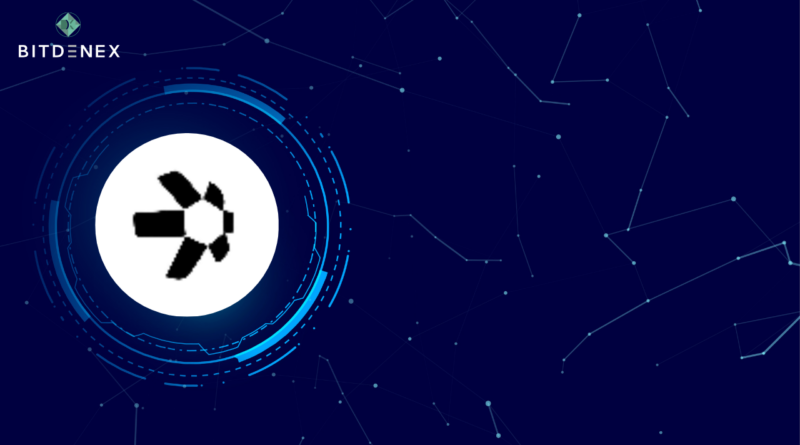What is Quant: A beginner’s guide to Quant crypto
What Is the Quant Protocol?
The Quant Network was founded by Gilbert Verdian in 2015, and its native token, Quant, was launched shortly thereafter. To make the global exchange of information more efficient, Quant was born out of a passion for making it easier. Verdian discovered this issue while working for the UK and, later, the Australian government. He realized how beneficial distributed ledger technologies (DLT) could be in resolving the issues he was facing. The addition of over ledger functionality to the Quant protocol has enabled it to use Bitcoin, Ethereum, and Ripple ledgers. The Quant protocol comes the closest to resolving blockchain interoperability issues. It is used in an over ledger operating system as a payment validator token.
What Is QNT Crypto?
On the Quant blockchain, QNT crypto tokens provide digital access to specific applications or services. The QNT tokens are then charged access fees based on a fixed amount of fiat currency. Developers and businesses, for example, pay monthly consumption fees to the Quant Treasury account, which works in tandem with the QNT tokens.
In addition to being determined by the number of tokens generated, the access fee is also based on a fixed amount of fiat currency.In addition to being determined by the number of tokens generated, the access fee is also based on a fixed amount of fiat currency.Developers and enterprises, for example, pay the Quant Treasury $10 per month based on the equivalent price in QNT tokens.
How Does Quant Work?
The Quant protocol was created to remove common barriers to communication, interoperability, and scaling on blockchains.
To accomplish this, layers are assigned to tasks for which they are best suited, as shown below:
Layer of Transaction:The storage of transactions is critical on this layer.To place related operations in one layer and verify them across the blockchain, both diverse and isolated ledgers are used.A transaction that has been validated cannot be invalidated in any way.This layer contains everything required for blockchain consensus.
Messaging Layer: This layer is responsible for information and data transfer.Smart contract data, metadata, and transaction data are the three types of data that can be processed.Metadata is used to interpret messages and translate them into different languages that can be understood by different blockchains.
Filtering and Ordering Layer: This layer is also in charge of message handling. However, unlike the messaging layer, it entails filtering searches into specific results.
Every message on the digital ledger system is assigned on a first-come, first-served basis and is neatly stored in a database. When an off-chain message needs to be validated, the filtering and ordering layer is in charge of doing so because it is the only layer that has a history of messages transferred throughout the protocol.
Pros and Cons of Quant Network
Pros of Quant Network
- Quant is built entirely from scratch, so it doesn’t have many of the restrictions that come with DLT. Without prior programming or cryptography knowledge, it can be installed seamlessly.
- Quant users, regardless of their position, can connect to any type of digital ledger system. Without prior programming knowledge, developers, individuals, and even government employees can use the network. The platform’s appeal stems from its combination of flexibility and ease of use.
Cons of Quant Network
- As is commonly expressed in crypto, “Not your keys, not your coins.” Since centralized exchanges play an important role in interoperability, the strength of the exchange determines your Quant tokens’ safety. There is a possibility that your tokens will be stolen in the event of a breach.
- Quant seems to be doing everything right, but it’s still largely unknown – and has a long way to go before overtaking the market leaders. Quant is poised to revolutionize some traditional finance systems, but needs to venture into the blockchain industry and become powerful enough to rival traditional finance (TradFi).
Buy and sell crypto in minutes with 0.20% trading fees at Bitdenex Exchange.

